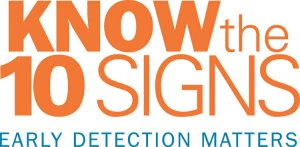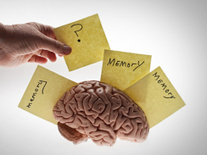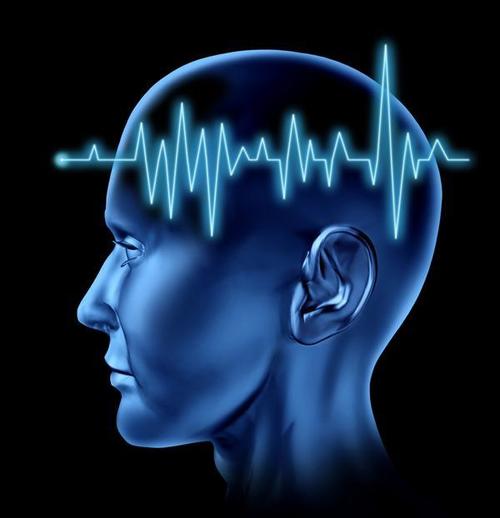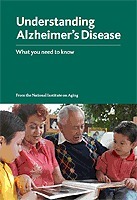By Stephanie Pappas, LiveScience Senior Writer

People who awaken more during the night are more likely than sound sleepers to have pre-clinical signs of Alzheimer's Disease.
Trouble sleeping in middle age could herald Alzheimer’s disease later in life, according to new research linking dementia and slumber.
The findings can’t yet prove whether disturbed sleep helps contribute to the brain changes that cause Alzheimer’s or whether some other factor links the two; but preliminary results suggest that treating sleep problems might be beneficial for the brain in the long run.
“If sleep is found to affect either the beginning or the progression of Alzheimer’s disease, especially in its early stages, then it’s really an attractive thing to try to manipulate, because getting more sleep or better sleep has really no risk,” said study researcher Yo-el Ju, an assistant professor of neurology at the Washington University School of Medicine in St. Louis.
Plaque in the brain
In 2009, Ju’s Washington University colleague David Holtzman published research in the journal Science reporting that depriving mice of sleep causes a 25 percent increase in the levels of a protein fragment called amyloid beta in the brain. Amyloid beta is the primary ingredient in the amyloid plaques that clog the brains of people with Alzheimer’s.
These mice were genetically engineered to accumulate amyloid beta, and mouse-brain chemistry may not always match that of humans. So Ju and her colleagues, including Holtzman, turned to a group of people enrolled in the Adult Children Study, so named because half of the volunteers in the study are children of parents with Alzheimer’s.
They recruited 100 volunteers ages 45 to 80, all of whom had been clinically tested and showed no signs of memory loss or cognitive decline. The volunteers wore a wristwatch-like device called an actigraph for two weeks. The device measures activity levels, which can then be translated into time asleep and time awake. [Top 10 Spooky Sleep Disorders]
“Other studies that have looked at the relationship between sleep and dementia have generally studied older individuals who are obviously at higher risk of dementia, so I think this study is important because we’re looking at a population that is much younger,” Ju said.
Sleep and dementia
The results revealed that people who spent more of their time in bed tossing and turning rather than sleeping were more likely to show abnormal levels of chemicals that indicate amyloid beta. These chemical markers show up 10 or 15 years before any sign of memory loss or decline, but almost everyone who has them will eventually develop Alzheimer’s if they don’t die of something else first. About 25 percent of the people in the study fell into this “preclinical Alzheimer’s” category.
People who woke up more than average — or more than five times every hour — were also more likely to show signs of amyloid beta accumulation. Participants didn’t necessarily remember these waking periods the next morning, Ju said.
Ju and her colleagues will present their results at the American Academy of Neurology’s 64th annual meeting in New Orleans, which begins April 21. The study has not yet been published in a peer-reviewed journal. In the meantime, they’re continuing the sleep studies on more volunteers. In the long term, Ju said, the researchers hope to find out what causes the troubled sleep in people with preclinical Alzheimer’s.
“These are pretty preliminary results, and although they are intriguing and promising, we really need to do longer-term studies to find out which direction this is going,” Ju said.



 Scientists say they “serendipitously” discovered that a drug used to treat a type of cancer quickly reversed Alzheimer’s disease in mice. “I want to say as loudly and clearly as possible that this was a study in mice, not in humans,” he said. “We’ve fixed Alzheimer’s in mice lots of times, so we need to move forward expeditiously but cautiously.”
Scientists say they “serendipitously” discovered that a drug used to treat a type of cancer quickly reversed Alzheimer’s disease in mice. “I want to say as loudly and clearly as possible that this was a study in mice, not in humans,” he said. “We’ve fixed Alzheimer’s in mice lots of times, so we need to move forward expeditiously but cautiously.”

 Alzheimer’s disease spreads through the brain by jumping from one cell to another, according to a new study.
Alzheimer’s disease spreads through the brain by jumping from one cell to another, according to a new study.


